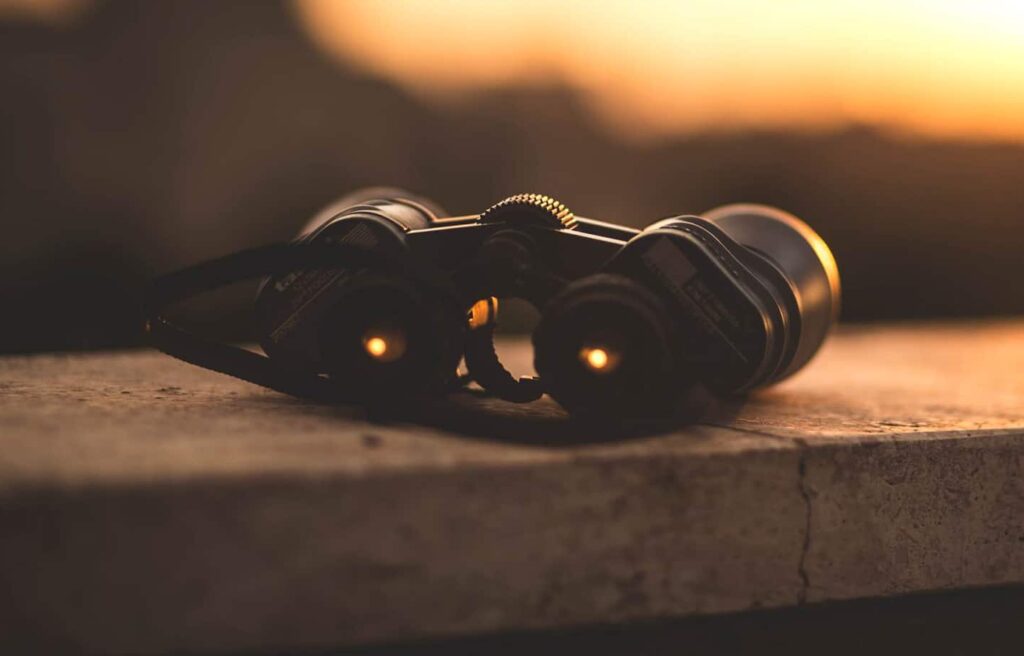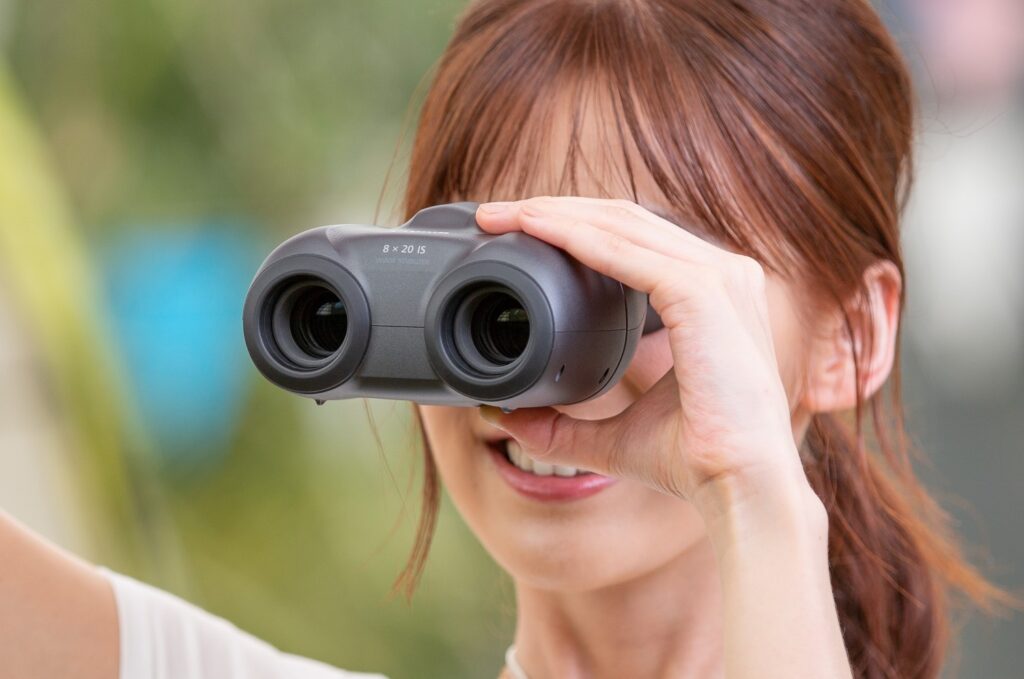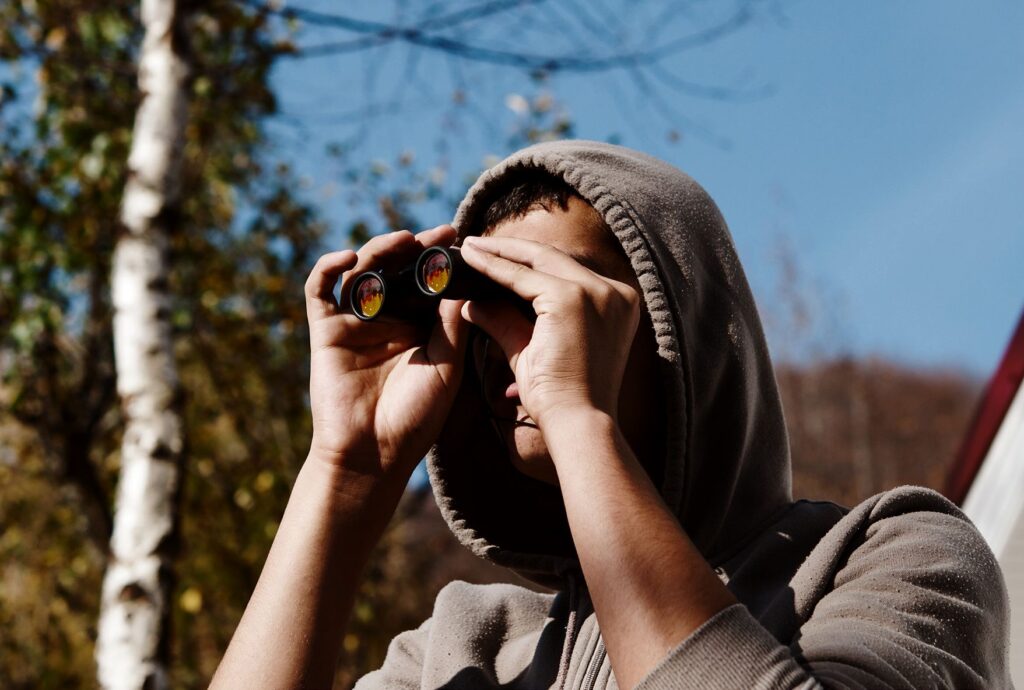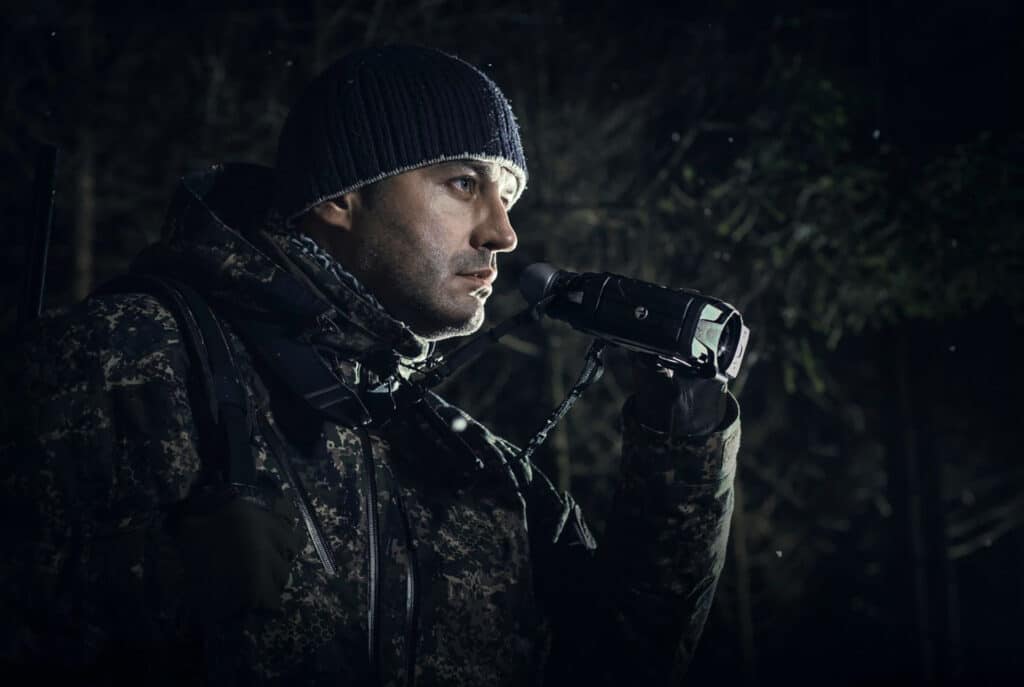

Binoculars are a trendy tool. They are basically used to seeing what the eyes would normally not see clearly, hence their popularity. They help bring distant objects into focus, and people are willing to pay well for these ‘visual aids.
Not all binoculars are the same, though, and the layman cannot be faulted for making such a mistake; erroneously buying the wrong types of binoculars for your endeavors could easily result in a waste of money.
We are here to prevent such a mistake from happening and, to achieve that, a little education on how binoculars can be classified and the features you should be looking out for in the binoculars you need would be needed. Note that certain eye defects in a user need not affect the type of binoculars that are to be used, as the tips that can help such users utilize binoculars with glasses.
One of the ways by which a binocular could be classified is through the type of prism Trusted Source Binocular prisms - why are they so weird and different? - Binoculars, including their prisms, are a surprisingly complicated beast. www.opticscentral.com.au that was utilized in its design. This also tends to affect the shape of the binoculars and, thus, the type of binocular (as regards prisms) can be recognized just by looking at it.
Based on this classification, one can have a binocular with a roof prism or with a Porro prism. Whichever type is to be purchased has to be weighed against the function and situation in which it is to be used. This is because both prisms are unique in their own way and would confer different advantages onto binoculars they are used in the making.
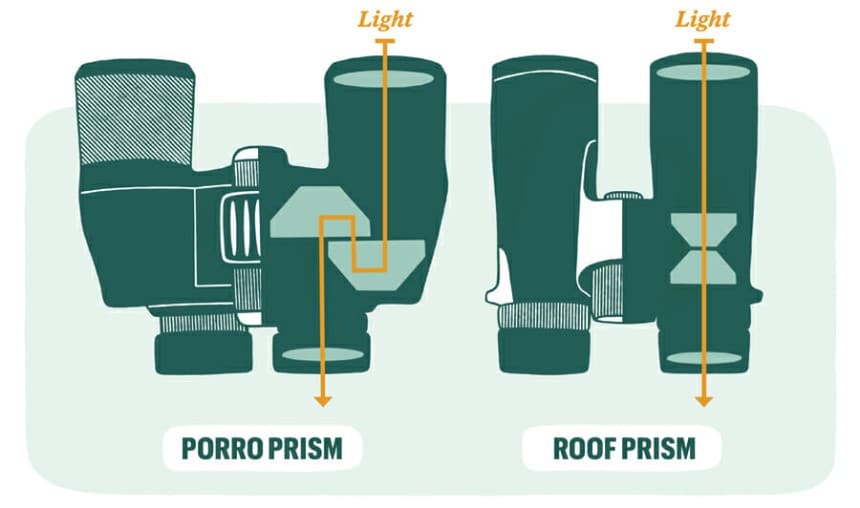
Roof prism binoculars usually have their eyepiece and corresponding objective lens line up with each other in a straight line. This is because the lens used in designing the binoculars are also aligned in a straight line on the inside as well. This alignment makes the construction and design of the roof prism more compact than that of the alternative Porro prisms.
Another benefit of the design of roof prism binoculars is that they are less likely to be infiltrated by dust if made well, as the eyepiece would never need to be adjusted, thus, effectively precluding the entrance of dust.
For instance, a quality roof prism binocular is this binocular for adults from Gosky that lots of customers have recommended as excellent for bird watching. However, their quality is usually suspect, especially for those in the lower price ranges. So, don’t be timid about spending money if a roof prism is to be bought and image quality is high on your list.
Porro prisms do not have the straight-line lens alignment that the roof prisms possess. Instead, the images that are seen are transmitted via an N-shaped bend. The presence of this bend means that the binocular widens from the eyepiece towards the objective.
This type of construction, thus, results in a disadvantage for the Porro prism binoculars as their focus needs to be adjusted by moving the eyepiece, which effectively allows for the entrance of dust particles and sometimes water.
However, the design also confers on the binocular a depth of perception and image quality that is not present in other types of binoculars. They are also cheaper to make than roof prisms but are less compact as well.
This is technically not supposed to be referred to as a binocular because it has only one lens and eyepiece, but it is. Furthermore, its one-eye design is more compact than both the roof prism and Porro prism binoculars. However, what it has in compactness, it doesn’t possess in-depth perception. Not to worry, though, other than its compactness, the monocular would also free up one eye to keep track of events in the surroundings if you can use both effectively and simultaneously.
Beyond the classification of binoculars by prism and design, binoculars are also usually constructed with particular uses in mind, meaning that they are fitted with certain components that bestow on them features best suited to the situations they are made for.
For example, the best night vision binoculars are unlikely to be as effective at viewing the stars as a binocular designed especially for astronomy would be and vice versa. That said, here are some of the types of binoculars by use, along with the features they possess and other things you could look out for.
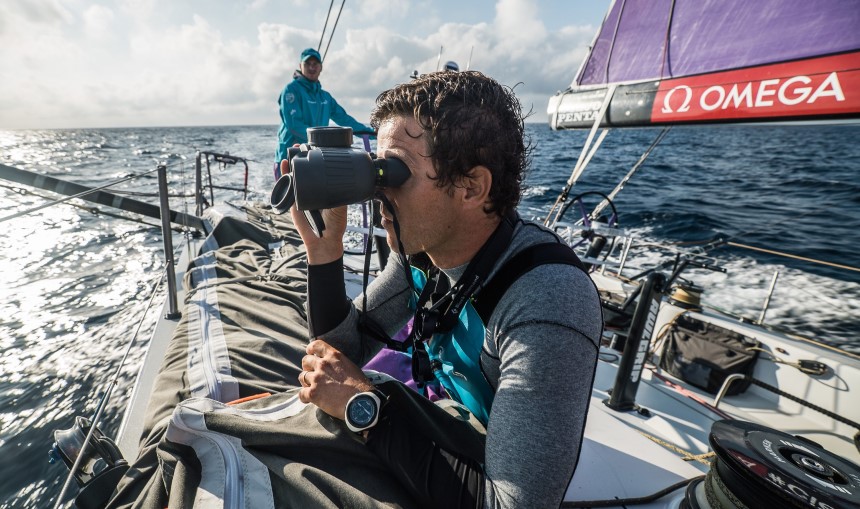
From the name alone and the environment that such binoculars would obviously be used in, a necessary feature would be for it to be waterproof. However, the term waterproof can be understood in different ways, and many instruments and tools marketed as such are usually designed to be waterproof only to a certain extent.
The best marine binoculars are usually nitrogen-purged Trusted Source What Is Nitrogen Purging? | Procedure and Why Nitrogen Is Used What is nitrogen purging used for in different industries? www.generon.com (replacing internal air with dry nitrogen to prevent fogging) and sealed with an O-ring. The latter is a better indicator of waterproof ability than simply looking out for the waterproof term. It would also help pay attention to how long the marketers claim the binocular can be submerged at varying depths.

As with all equipment or gadgets suitable for travel, portability and a compact nature are usually top of the list of features. However, a couple of other features should be considered depending on the type of trip you are taking.
For starters, individuals on a hiking or camping trip would be looking for binoculars that offer a fair bit of range while staying lightweight and waterproof. The waterproof nature should help with protection against potential rain, and the weight would reduce the chances that your binoculars would be contributing significantly to your fatigue.
A binocular for a sight-seeing trip could also be similarly built, but more range or magnification may be preferred on such binoculars compared to the one used during hikes.
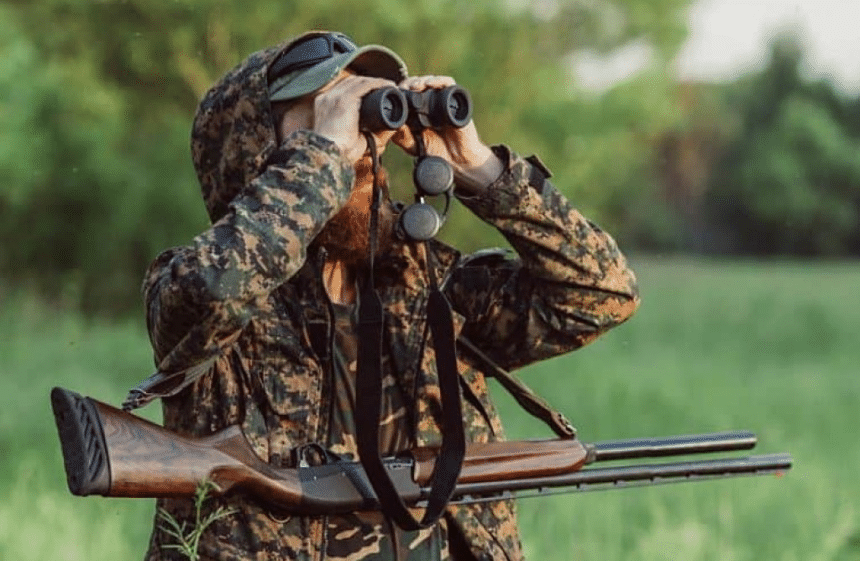
It would be easy to assume the best binoculars for hunting would be those with the largest magnifications, but this may not always be the case as they could actually reduce your effectiveness. Most experts advise using binoculars of 8X or 10X when going hunting as this offer more explicit images that are less affected by slight movements.
This is because the more powerful a binocular is, movements would cause more distortion and blurriness. It is for this reason that powerful binoculars are usually used on tripods. You could carry a tripod on a hunting trip to use a more powerful binocular, but that would just impede movement and slow you down.
Hunting binoculars should also be designed to be waterproof, provide a wide field of view and give brighter images. A hunting binocular that is very popular among customers is this HD Binocular from Adasion that offers a “super bright and large view” for users.
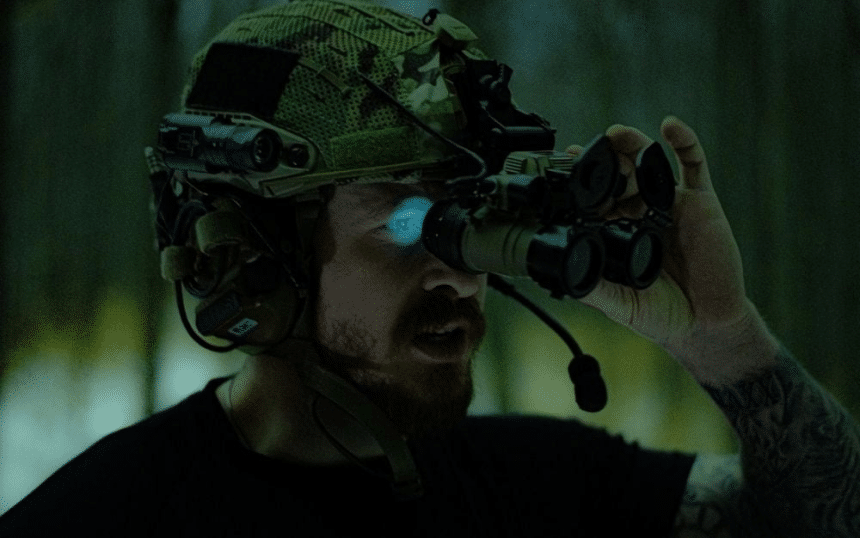
The most important aspect of paying attention to is the type of night vision technology that facilitates the night vision capacity, when it comes to night vision binoculars. Usually, the technology determines the overall effectiveness of the binocular.
There are also various generations of night vision binoculars, ranging from generation one to generation four. Generation 1 refers to some of the first models of night vision binoculars to grace the market, while generation 4 night vision binoculars are the most recent and most powerful. It would be best if you also considered whether or not you would require a strap when buying a night vision binocular.

Naturally or conventionally, astronomy is for the telescopes, but certain binoculars have been manufactured to play a role in this field as well. They might not offer enough magnification or range to expose you to faraway galaxies and distant planets, but they would show you a lot more stars than your naked eyes can pick out.
When purchasing a binocular for astronomy, the first factor to pay attention to would be just how large the magnification should be. Other factors to consider would be the transmittance, whether or not a tripod would be necessary, and your budget.
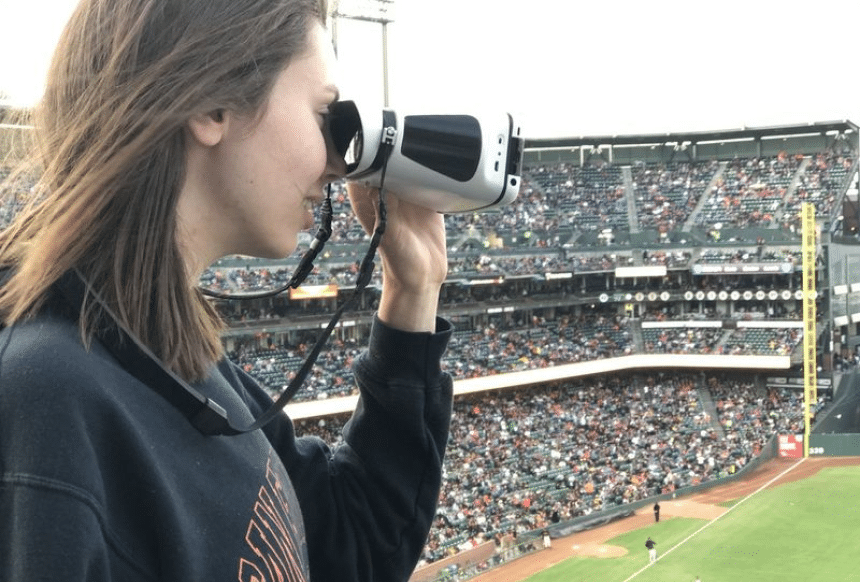
These types of binoculars are often utilized in stadiums to keep track of sports action or in theatres to bring you closer to the stage. Regardless of the specific situation, the best theater binoculars need not have extremely large magnifications. Rather smaller magnifications that are less affected by movements are preferred.
In addition, these binoculars should provide a wide field of view, bright images in the event that they are used in dimly lit environments (as in opera theaters) and should be durable.
All of the information above might have been too much to absorb, and many of the above classifications tend to use the same features. Therefore, how then do you pick out the right binoculars for your situation among a variety of seemingly right options? The following considerations could help:
Assessing which of the above are important to you and comparing your options according to these criteria should help narrow down your available choices.
Binoculars are quite popular in society nowadays, and the more we move towards outdoor activities in our daily lives, the more important they may become. Who wouldn’t like to see farther than their eyes can see or appreciate the beauty of nature up-close and in clearer images?
However, different types and designs of binoculars offer different levels of functionality. Furthermore, the cost of purchase can only truly be fully appreciated if you receive value equivalent to the money that has been spent. This wouldn’t be if you mistakenly purchased a set of binoculars that are too good for your function or too poor to meet your needs.
The only way to prevent such a situation from occurring is to educate oneself on the types of binoculars that exist. We hope we have done the topic of binoculars justice in this regard and that is going forward, and you won’t waste your money.

